Remote field probes include a 32 dB preamplifier. These probes feature improved wear resistance and thicker casing, as well as improved differential response and SNR ratios. Built to detect irregularities such as pitting, corrosion, and erosion in ferromagnetic tubing, remote field probes are available in single exciter, dual pickups, and dual exciter designs.
Features
- Includes a 32 dB preamplifier
- Improved wear resistance and thicker casing
- Improved differential response
- Detects irregularities such as pitting, corrosion, and erosion in ferromagnetic tubing

Probe outside diameter
Probe diameters ranging from 9 mm (0.35 in.) to 26 mm (1.02 in.) are built with a protective stainless steel casing and are available in increments of 1 mm. Larger probe diameters from 22.0 mm (0.866 in.) to 50.0 mm (1.968 in.) are available in increments of 2 mm.
Probes with a diameter greater than 28.0 mm (1.100 in.) have a lightweight design with the probe body made of plastic. This design also includes stainless steel wear rings on each end and a sturdy probe cable to endure multiple probe pulls. Coils are potted (in black on picture) for maximum protection.
Probe center frequency
The most current probe central frequency is 300 (300 Hz) and it ranges from 100 Hz to 1 kHz. Other frequency ranges exist:
- 02K (2 kHz), ranging from 600 Hz to 6 kHz: not common; can be used for thin and lower permeability carbon steel, such as A-556 or Nickel 200. Probes with this frequency range have a lower gain preamplifier.
- 15K (15 kHz), ranging from 5 kHz to 50 kHz: used for ferromagnetic stainless steel like SS349 (A-268), duplex stainless steel, or SEA-CURE ®. Probes with this frequency range have a lower gain preamplifier.
Probe cable
Probe cable material is manufactured in nylon (N) only.
Cable lengths are in meters: 20 m (65 ft) is the most common.
Also available in 30 m (100 ft) length.


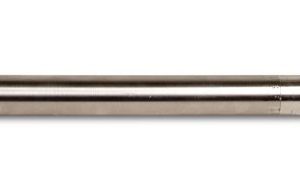
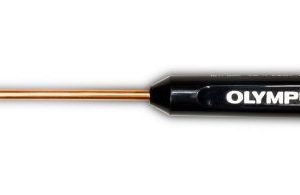

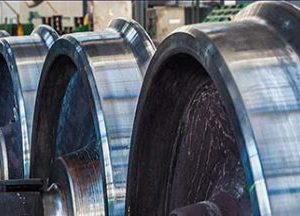
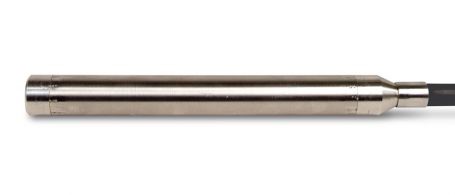
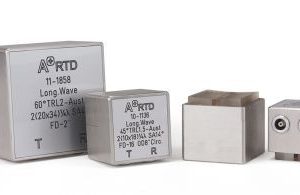

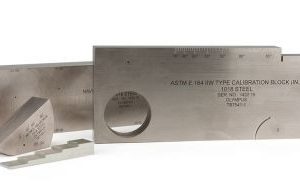
Reviews
There are no reviews yet.